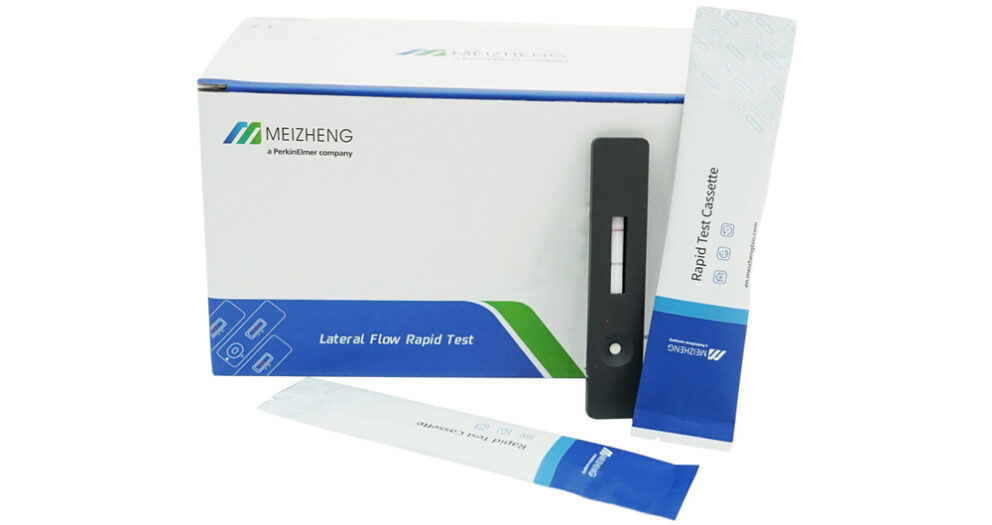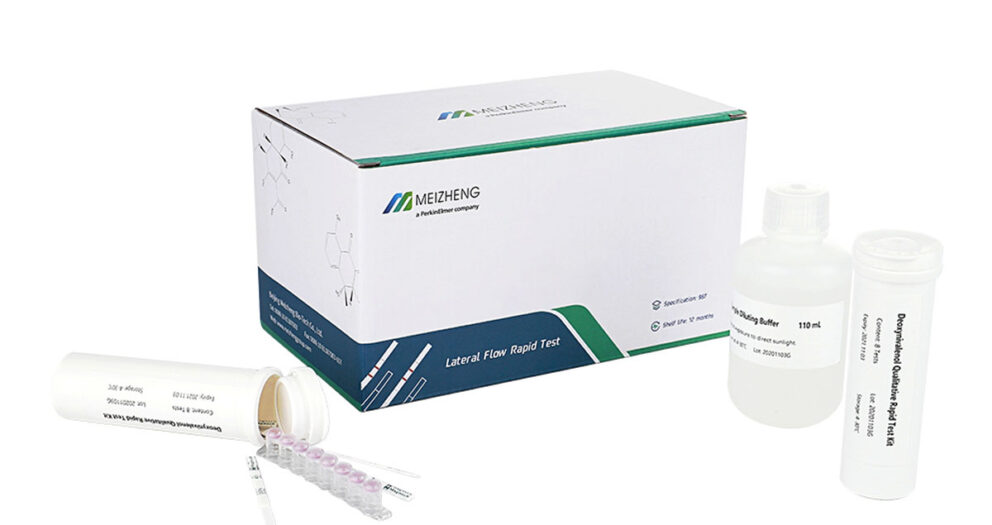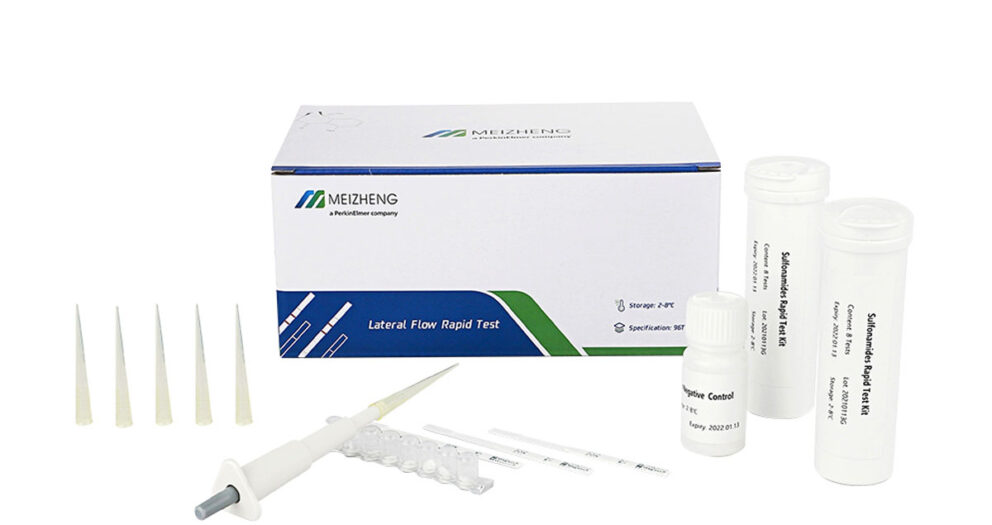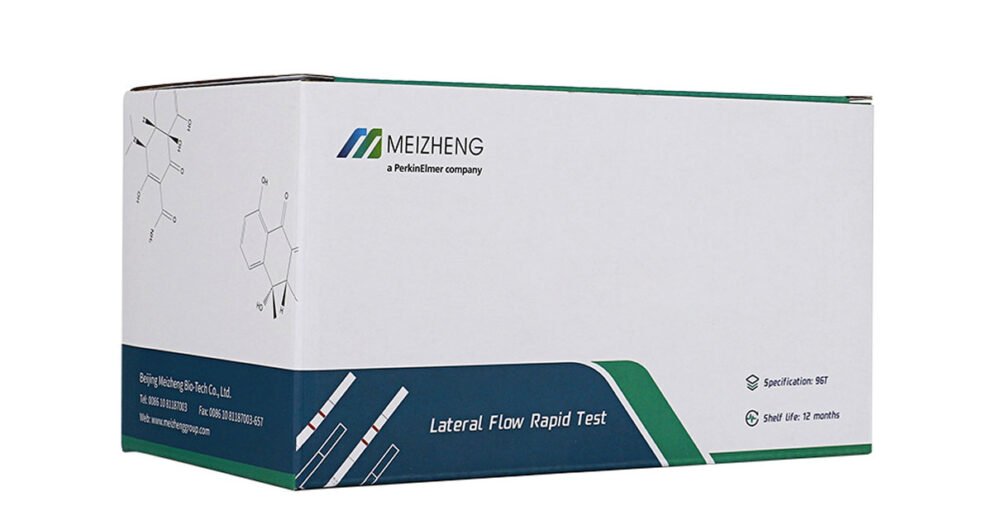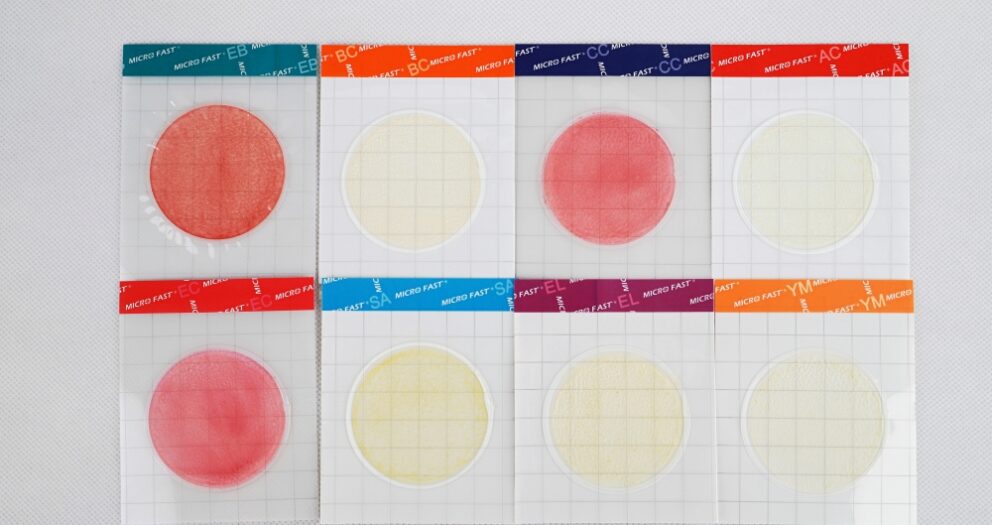In spring and summer, especially in wet weather, the ambient humidity and temperature meet the optimum conditions for mold growth, and mold will grow rapidly on the surface of items. Clothes, walls, towels, and utensils are accidentally damp and moldy, resulting in a musty smell.
Don’t underestimate these molds, they will not only seriously contaminate food, but also lead to excessive microbial and moldy problems in products. Mold in the workshop may also seriously endanger human health. Mold spores in the air can easily cause respiratory diseases. Mold attached to clothes can easily cause skin allergies. Some molds even produce carcinogens such as mycotoxins.
Therefore, the anti-mold work in the workshop must be done well, and the source of mold growth must be cut off!
For example, in hot and humid weather, the following phenomena are prone to occur:
The food inspection editor reminds you that to remove the source of mold contamination, please check the following aspects in the workshop:
1. The workshop is damp, and mold is easy to grow in the damp parts. Temperature and hygrometers can be deployed at different points in the workshop to monitor.
2. In the cleaning room and dressing room, the ventilation and dehumidification are insufficient, which is easy to breed mold.
3. There are pipes and walls with condensed water in the workshop, which are easy to grow mold.
4. Work clothes, rags, mops, etc. cannot be dried and used reluctantly, resulting in mold contamination in the workshop.
5. The normal ventilation in the workshop cannot be guaranteed, and the workshop cannot be guaranteed to grow mold easily under the specified humidity (<rh55%). < span=””></rh55%), mold is easy to grow.
6. The workshop is hot and cold, and it is easy to produce condensed water, which is easy to be attacked by mold.
7. Avoid the flow of air from the curing area to the packaging area, because the curing area has heating equipment, the generated water vapor will produce condensed water when it encounters the cold air in the packaging room, which is prone to mold.
8. The door of the quick-freezing warehouse in the workshop with relatively low temperature should be kept closed all the time. If the doors of these low-temperature workshops are not closed, the hot air from the adjacent workshops will flow, resulting in high humidity, which will form liquefaction when the air is cooled, and it is easy to grow mold.
9. Check the air curtain, hand dryer, filter screen and interior of the air shower, because the internal air is not ventilated and the high humidity environment is easy to breed mold.
In short, whether the fan in the workshop can operate normally is a key indicator to ensure that the air inside the workshop can meet the requirements. The ventilation degree of the fresh air system, air conditioner and dehumidifier directly affects the production of mold.
If the workshop can ensure that the air containing a lot of moisture is discharged from the workshop in time, the possibility of mold is greatly reduced.
Moisture-proof: In humid weather, it is best to close the doors and windows to prevent a large amount of humid air from entering the workshop and warehouse; if the wall is hung with water due to condensation of water vapor, after using ozone for air circulation sterilization, turn on the dehumidifier and turn on the refrigeration/dehumidification of the air conditioner mode, which can effectively reduce indoor humidity and control the “external cause” of mold growth.
Removal of mold: If there is a tendency for mold to grow, you can use chlorine dioxide, sodium hypochlorite, 84 disinfectant and other products to spray on the mold and wipe it clean.
Although the above measures can inhibit the mold of the product to a certain extent, a slight negligence may be exploited by the mold. Therefore, workshop control requires constant attention!
Meizheng lateral flow test strips, ELISA test kits and Microbial test kits can ensure the safety of food.



